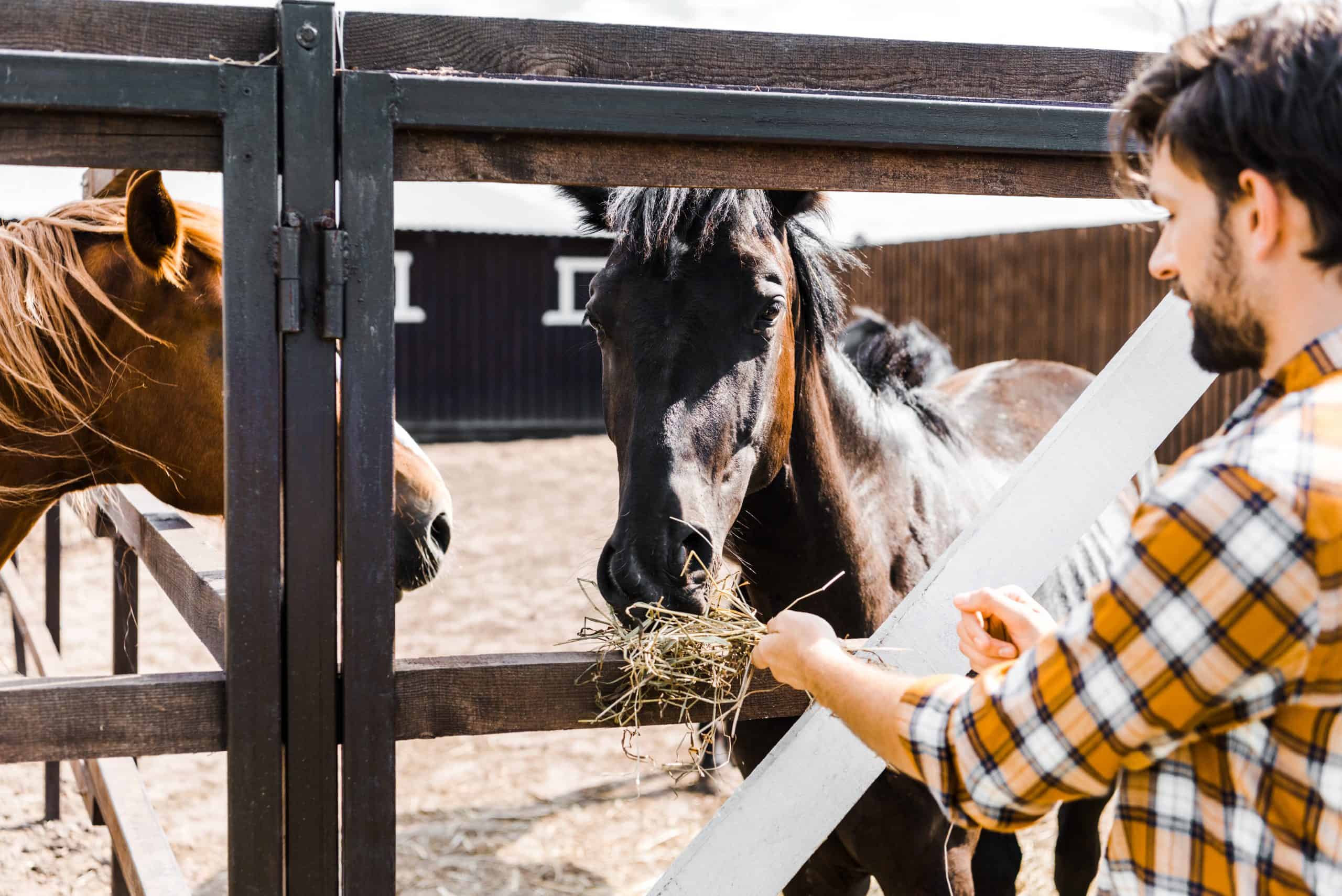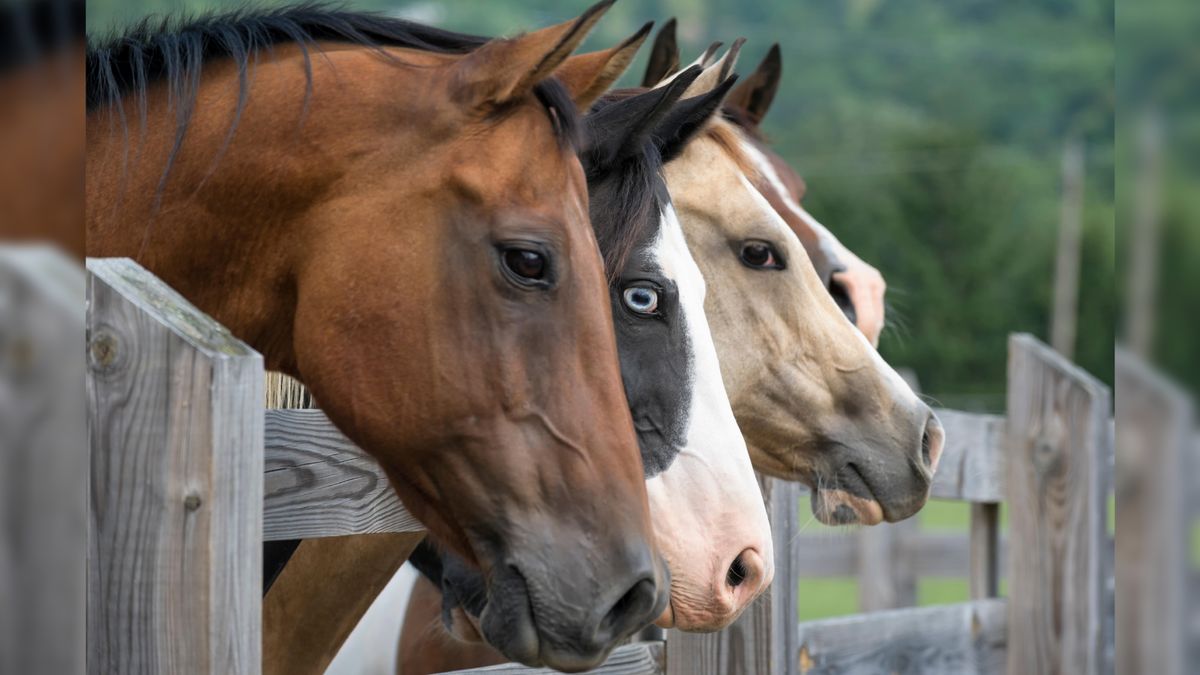Thrush is a common fungal infection that can affect horses hooves, causing discomfort and potentially leading to more serious health issues if left untreated. As a horse owner, finding the best treatment for thrush is essential for maintaining your horses overall well-being.
In this article, we will explore the latest research findings on the most effective thrush treatments for horses, including both traditional remedies and modern veterinary interventions. By understanding the options available and the science behind them, you can make an informed decision to keep your equine partner healthy and happy.
1. Overview of Thrush in Horses

Thrush in horses is a common and potentially painful bacterial infection that affects the hoof, particularly the frog area. It is caused by a combination of moisture, warmth, and lack of proper hoof care, leading to the growth of bacteria and fungi.
Thrush can result in lameness and discomfort for the horse if left untreated. Symptoms may include a foul odor, black discharge from the frog, and sensitivity to pressure in the affected area.
It is important for horse owners to regularly monitor their horses hooves and implement a thorough hoof care regimen to prevent and treat thrush effectively. Various treatment options are available, including topical antifungal and antibacterial products, proper trimming and cleaning of the hoof, and environmental management to promote hoof health.
Consulting with a veterinarian is recommended to determine the best course of action for treating thrush in horses.
2. Common Causes of Thrush

Thrush in horses can be caused by a variety of factors, with some of the most common culprits including poor stable hygiene, prolonged exposure to damp or unsanitary conditions, and improper trimming or shoeing that leads to an imbalance in the hoof. Additionally, horses that are constantly in wet environments, such as those that are frequently turned out in mud or standing in wet bedding, are more susceptible to developing thrush.
Other contributing factors can include poor nutrition, compromised immune systems, and stress. It is important for horse owners to be vigilant in their management practices to prevent these common causes of thrush and keep their equine partners healthy and thriving.
3. Importance of Early Detection and Treatment

Early detection and treatment of thrush in horses is paramount to their overall health and wellbeing. Research has shown that identifying the signs of thrush, such as foul-smelling discharge and sensitivity in the hooves, can lead to more successful treatment outcomes.
By catching thrush early on, horse owners can prevent further complications, such as lameness, and ensure a quicker recovery time for their equine companions. Additionally, early detection allows for prompt intervention with the most effective treatment options available, ultimately improving the horses quality of life.
Taking proactive measures to address thrush can make a significant difference in the long-term health and soundness of horses, underscoring the importance of vigilance and timely action in managing this common equine ailment.
Conclusion
In conclusion, it is important for horse owners to be diligent in treating thrush in their horses. Various treatments such as topical antifungal medications, cleaning and trimming of hooves, and improving living conditions have shown to be effective in managing the condition.
However, Thrush Prevention is key in maintaining overall hoof health and ensuring that thrush does not become a chronic issue. By implementing proper hoof care practices and being proactive in addressing any signs of thrush, horse owners can help their horses stay healthy and comfortable in the long run.


